5 Tips for Successful Companion Planting
Does companion planting work? The answer is yes, but maybe not how you think it does. Effective organic gardening techniques often implement many types of companion planting.
This article covers the benefits of companion planting and provides practical suggestions for implementing companion planting principles in your home garden.

Adding a wide variety of herbs, flowers, vegetables, and fruit to your garden will benefit it more than any specific companion plant combination.
Some of the benefits of successful companion planting include:
- Fewer pests
- Increased beneficial insects and pollinators
- Wider diversity and beauty in garden plantings
- Increased health and productivity of plants
5 Tips for Successful Companion Planting
1. Understand what not to plant next to each other
Some plants have different light and water requirements and should not be planted next to each other.
Some plants share common pests or diseases and should not be planted near each other if possible. Luckily, there are just a few to be aware of, such as:
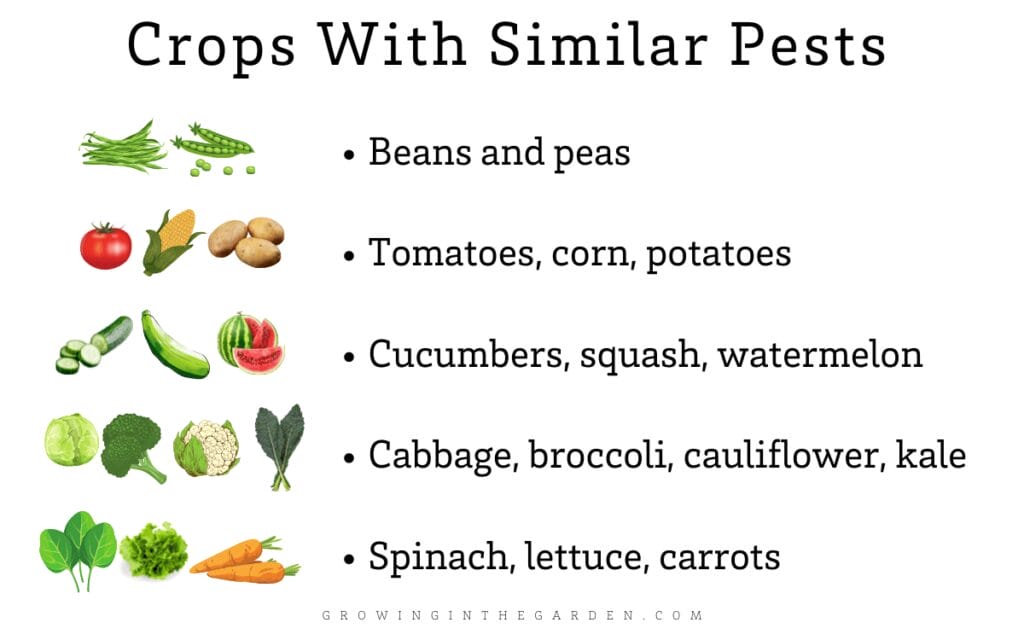
- Keep corn away from tomatoes; they share a common pest (corn ear-worms).
- Do not plant potatoes near tomatoes; it may spread blight.
- Separate members of similar crop families if possible.
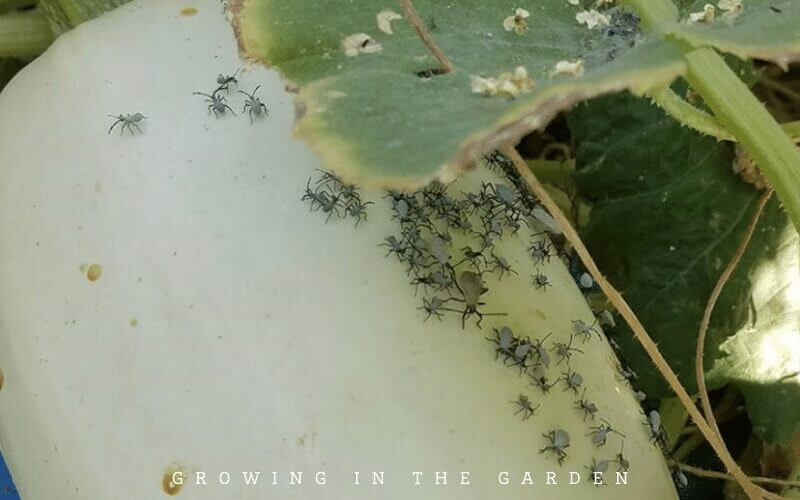
2. Implement polyculture practices in your garden
Monoculture: A single type of plant in each bed or plot of land. A monoculture makes it much easier for pests to find their intended crop.

Polyculture: A variety of plants in each bed or plot of land.
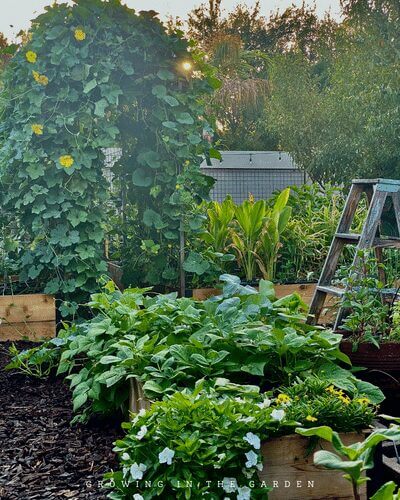
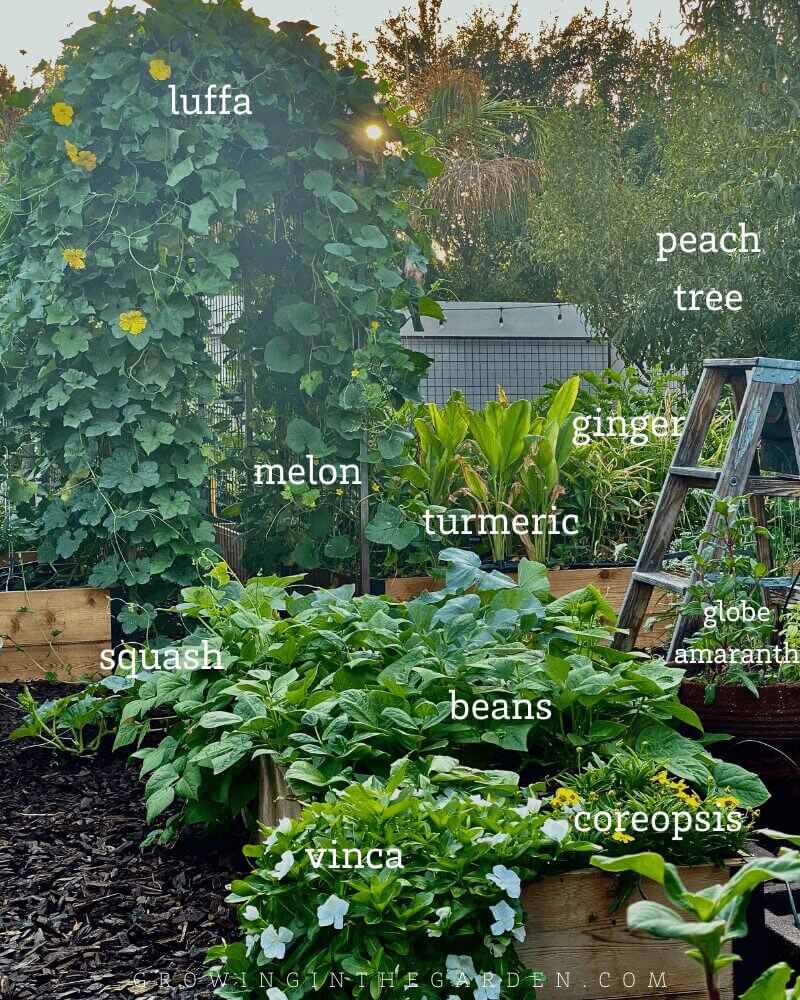
Adding a wide variety of herbs, flowers, vegetables, and fruit to your garden will benefit it more than any specific companion plant combination. Diversity in plantings attracts a broader assortment of beneficial insects and pollinators. Provide food and shelter within your garden for those pollinators and beneficial insects.
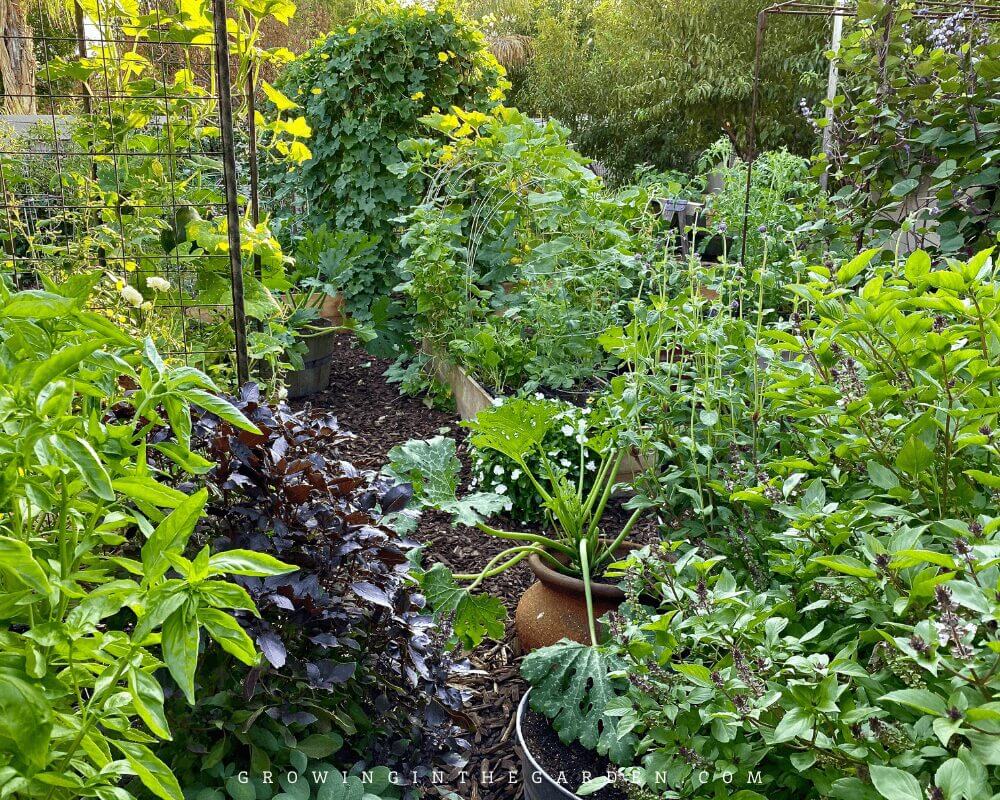
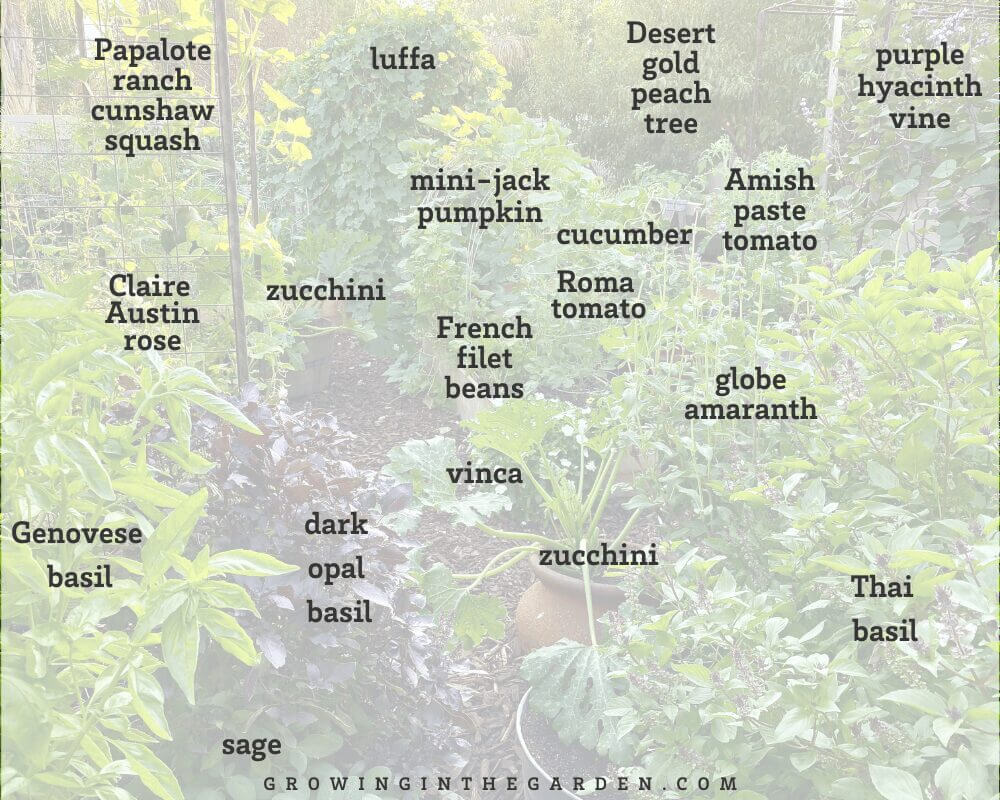
I began my gardening journey using square foot gardening methods. This is the method I continue to practice today. One reason this method is successful is the natural polyculture that results from interplanting several different types of fruit, vegetables, herbs, and flowers within the same bed.
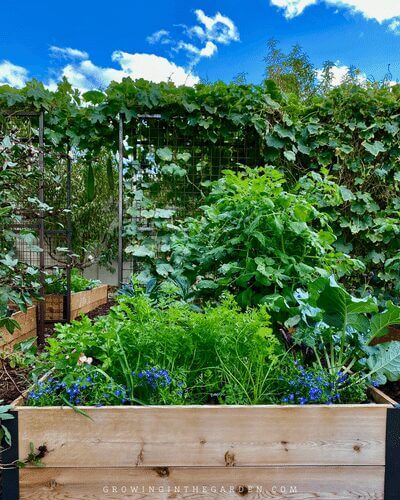
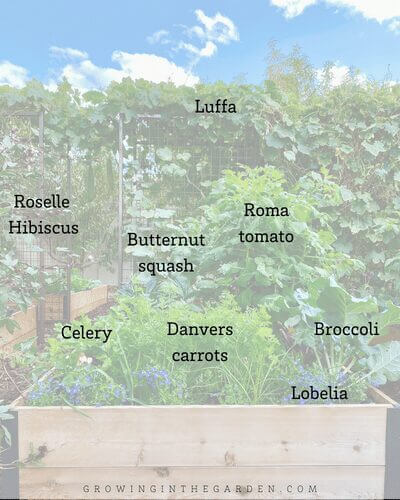
How to implement polyculture practices:
- Learn how different crops grow so that you can plant different crops with similar light and water requirements near each other.
- Don’t be afraid to plant a variety of different vegetables, herbs, and flowers in each bed.
- When a spot (or square) opens up in your garden, fill it.
- Add perennial herbs to your garden beds.
- Resist the urge to plant all of one type of vegetable in one location. For example, If you’re planting several types of peppers, add them to different areas around your garden.
- Try planting different varieties of the same crop (squash, beans, tomatoes, etc.) in various parts of the garden.
- Interplant crops with different timing. For example, as cool-season crops come to an end, add warm-season crops. Once the cool-season crops are harvested, the warm-season crops will be ready for the extra room.
- Learn which beneficial insect and pollinator-friendly flowers and herbs grow well from seed, and plant flower or herb seeds in each garden bed at planting time.



3. Practice companion planting to attract beneficial insects and pollinators
As you implement polyculture practices (see Tip #2) and provide diverse habitats and food, your garden becomes more attractive to beneficial insects and pollinators.
Do not kill off the beneficial insects by using pesticides. One reason pesticides are harmful is they often have unintended consequences and do not discriminate between the good bugs and the pests.
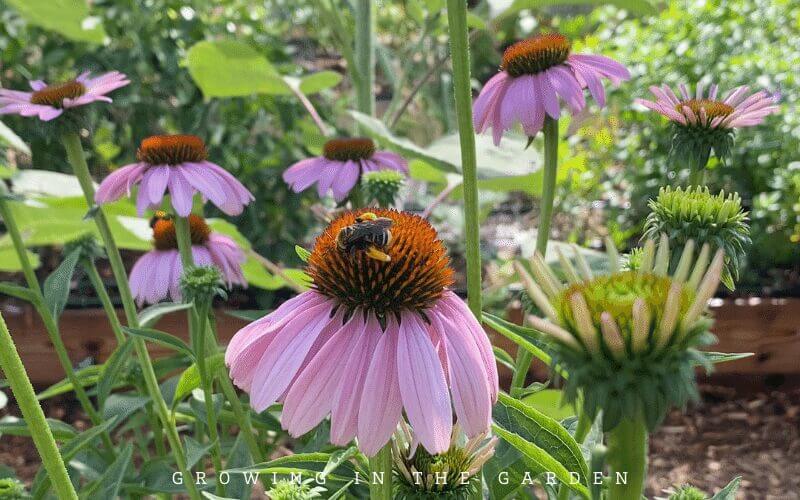
How to encourage more beneficial insects and pollinators in your garden:
- Eliminate all use of pesticides.
- Use organic pest control methods sparingly and with a light hand.
- Provide diverse habitats and food sources for beneficial insects.
- Leave flowering herbs and flowers in place past blooming and delay clean-up.
- Practice no-till methods in your garden.
- Plant as many beneficial insect-friendly plants as possible (see list below).
- Include flowering annuals, herbs, and perennials in your garden.
- Leave stems of plants in place for nesting bees and other insects.
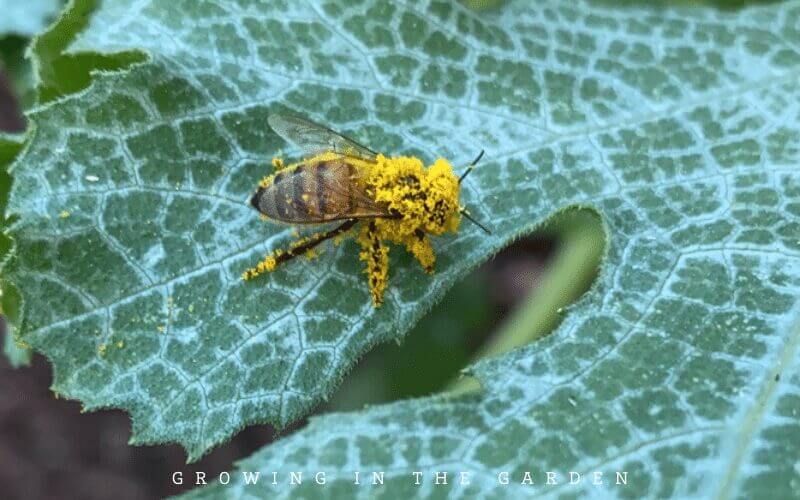
Beneficial insect and pollinator-friendly plants:
Alfalfa, alyssum, angelica, basil, borage, buckwheat, butterfly weed, caraway, chervil, clover, coreopsis, coriander (cilantro), cosmos, dandelion, dill, fennel, lavender, lemon balm, lobelia, lovage, mallow, marigold, mint, parsley, prairie sunflower, Queen Anne’s lace, rudbeckia, scabiosa, statice, sunflowers, tansy, thyme, tithonia, zinnia.
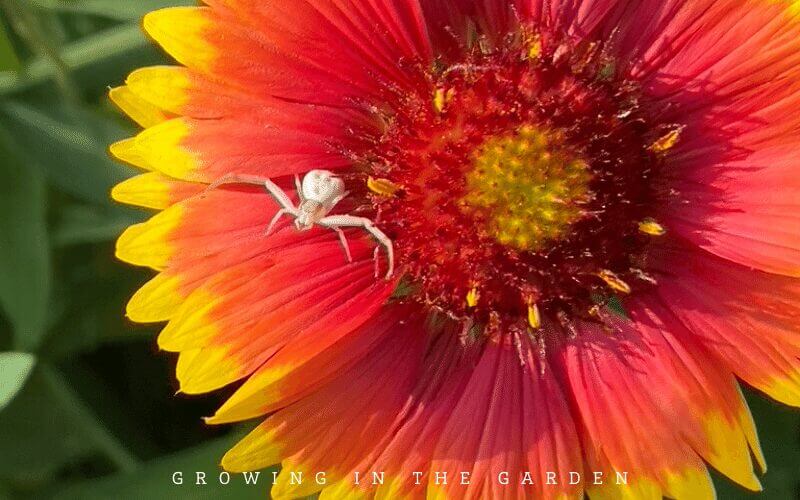
4. Use companion plants as supports or shade for one another
Although this first happened in my garden by accident (cucumbers found a nearby sunflower), I’ve since learned to use it to my advantage. With a bit of planning, you can use plants’ physical characteristics to benefit one another as tall stalks provide support for vining crops.
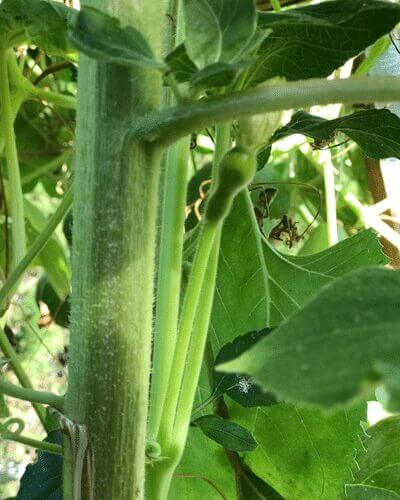
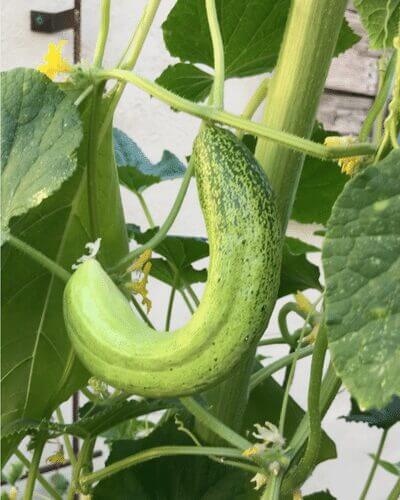
Utilizing the vertical space of tall plants allows you to grow more in less space. Vertical gardening also has other benefits such as increased sunlight and airflow, increased pollination, ease of harvesting, and spotting pests. During the summer, okra is my go-to tall plant for companion planting. I usually end up with abundant okra, which I use to make okra water. You can learn about the benefits of okra water in this guide.
Plant taller crops (or crops grown vertically) to provide shade for smaller, more sun-sensitive plants.
Crops that can provide vertical support include: amaranth, corn, okra, roselle hibiscus, sunflowers, and tithonia (Mexican sunflower).
Sprawling or climbing plants include: asparagus beans, pole beans, small winter squash varieties (delitica, mini-Jack pumpkin), Malabar spinach, cherry-type tomatoes, peas, cucamelons, and cucumbers.
Crops that can provide shade include: luffa, asparagus, sunflowers, corn, cucumbers, winter squash.
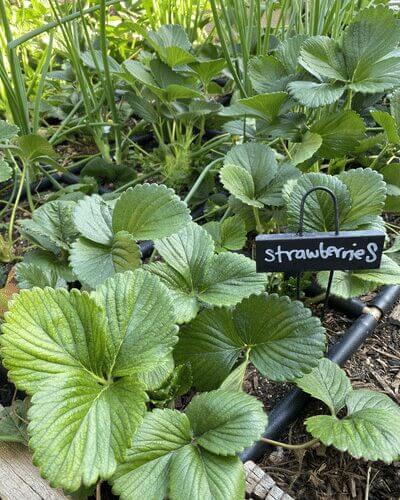
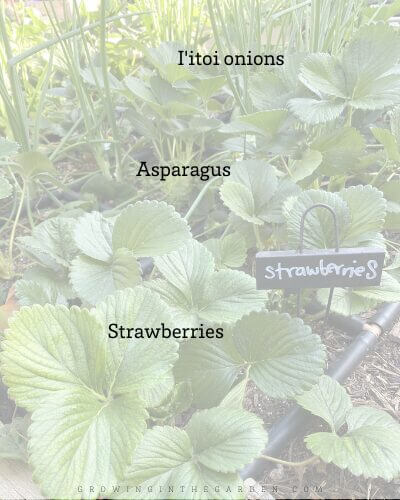
Strawberries interplanted with I’itoi onions for pest control and asparagus to shade the strawberries during the summer months.
5. Practice companion planting to repel pests
Fewer pests is often considered the main goal of companion planting.
There are several methods for repelling plants using companion planting methods.
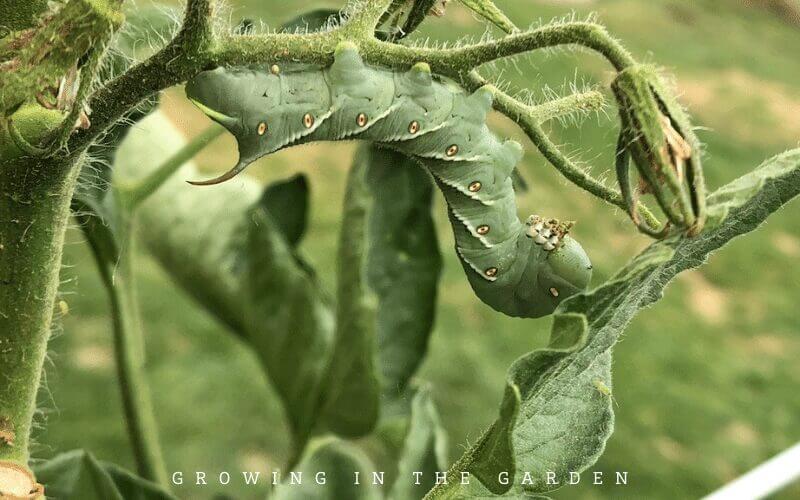
Use a companion plant to mask or block the desired crop from pests:
It’s not completely understood how the pests are repelled or attracted to certain plants. Here are a few companionships that have proven to be effective.
| Plant | Companion | Pest that may be repelled |
| Tomatoes | Basil | Hornworms, Thrips |
| Potatoes | Catmint | Potato beetles |
| Collards | Calendula | Aphids |
| Brassicas | Chamomile, Dill, Sage, Thyme | Cabbage worms |
| Brassicas, Onions | Marigold | Onion root maggot fly, Cabbage root fly |
Source:
Plant Partners: Science Based Companion Planting Strategies for the Vegetable Garden
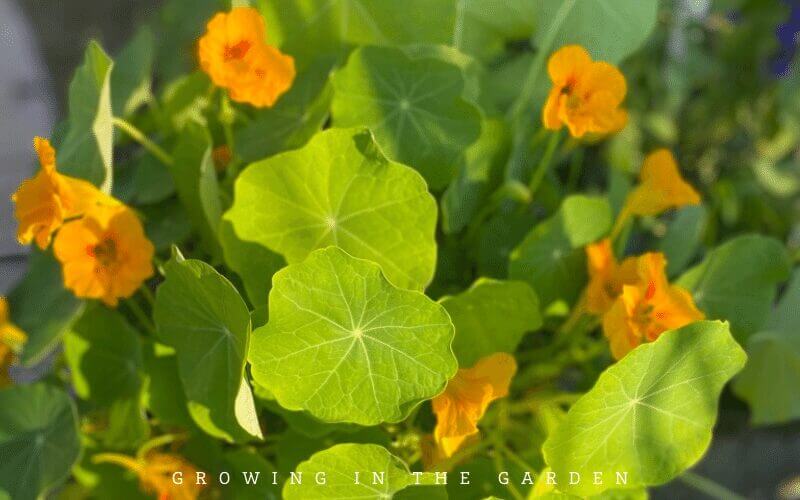
Use a “trap crop” to divert pests:
Using a trap crop is planting something that is more attractive to pests than your desired crop.
- Plants used as trap crops should be planted earlier than the main crops.
- Typically, plant trap crops around the perimeter or near the plant you are protecting.
- Once the pests are on the trap crop, remove the plant (and the pests) before they reproduce and spread.
- Trap crops work best for pests that are a regular nuisance.
| Pest | Possible Trap Crops |
| Flea beetles | Japanese eggplant, Chinese cabbage, mustard, radish, nasturtium |
| White flies | Eggplant, beans, nasturtium |
| Aphids | Chinese cabbage, alyssum, mustard, radish, nasturtium, okra |
| Squash bugs | Blue Hubbard squash |
| Squash vine borer | Blue Hubbard squash, nasturtium |
| Cucumber beetle | Blue Hubbard squash, nasturtium, amaranth |
| Cabbage worm | Collard greens, Chinese cabbage, mustard, radish |
| Japanese beetle | Zinnia |
| Leaf-footed bugs | Cherry tomatoes, okra, sunflower |
| Stink bugs | Okra, sunflower |
| Root maggot, cabbage maggot | Radish |
| Thrips | Onion, garlic, basil, marigold |
| Carrot root fly | Onion |
| Pepper maggots | Hot cherry peppers |
| Colorado potato beetle | Japanese eggplant, tansy, tomato |
| Spider mites | Eggplant, Marigold, basil, onion, garlic |
Sources:
- Perimeter Trap Cropping: A Novel Approach to Insect Control
- Trap Cropping for Small-Market Vegetable Growers
- What Trap Crops Are and How They Work






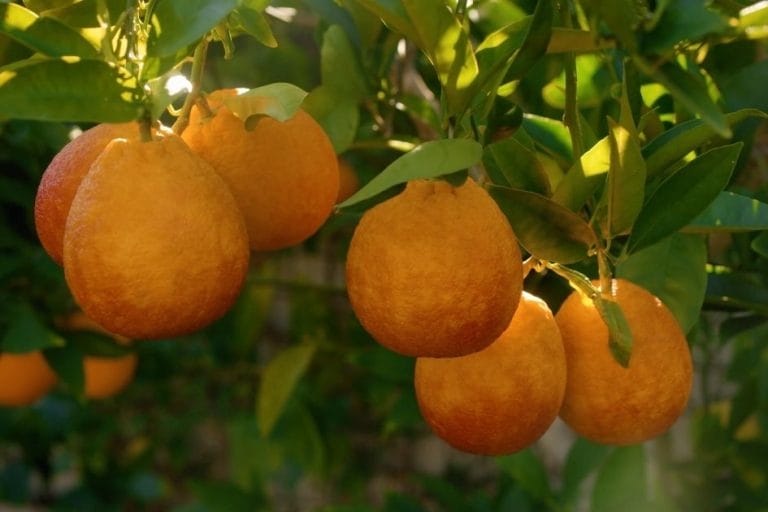
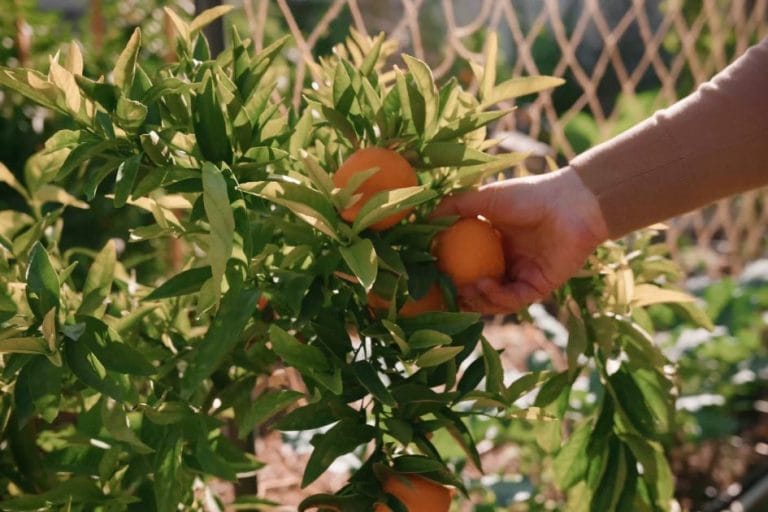

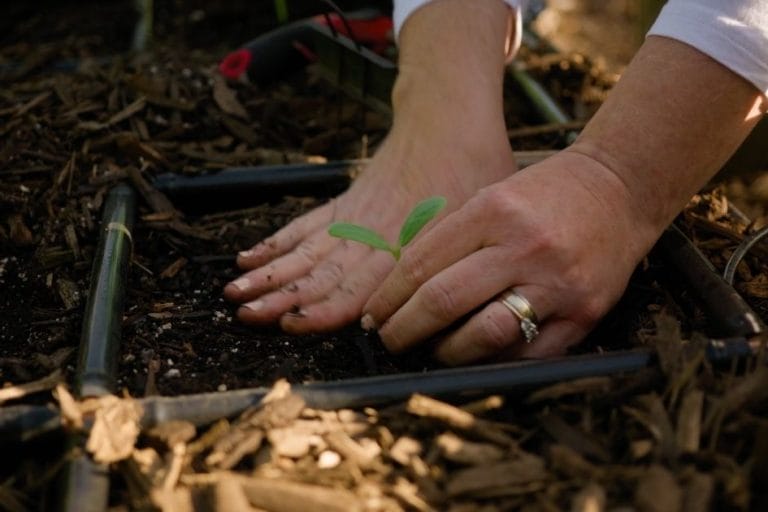
Lots of great information. The charts are very handy. Thank-you
I’m so glad it is helpful. Thanks for letting me know.
I signed up for your newsletter. Question I have is if you are close enough to Peoria to do in person consultation/training? Is that something you would/could provide? TIA
Great. I do in-person consults here in the East Valley, and zoom for other locations. Unfortunately my consult slots are booked for the next several months.